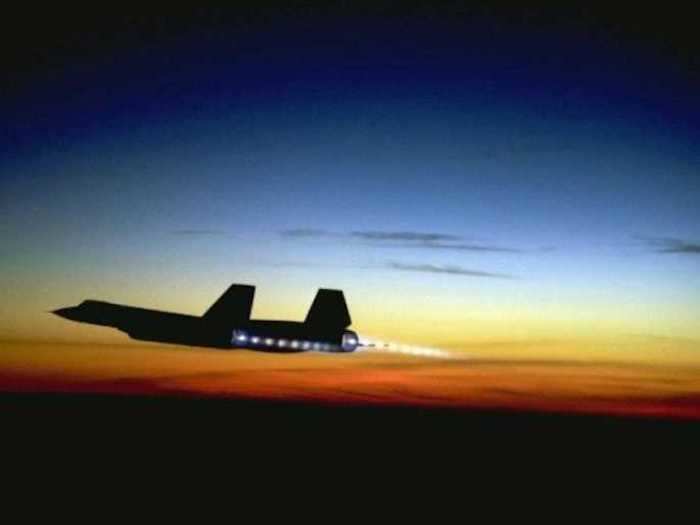
A SR-71 Blackbird surveillance aircraft.AP Photo/Itsuo Inouye
Elon Musk and girlfriend Grimes have given birth to their first child. While the name of the boy, X Æ A-12, has left most confused about how to pronounce it, the singer outlined how they arrived at the unique name.
In a tweet, Grimes explained the meaning behind each character and said that the last few characters "A-12" refers to the Lockheed A-12, a short-lived spy plane once employed by the US Central Intelligence Agency in the 1960s.
The A-12 was the precursor to the SR-71 Blackbird, the more well-known of the two that Grimes and Musk say is their favorite plane. The Blackbird became prominent during the Cold War and was purely for high-altitude surveillance as it had no offensive or defensive weapons.
It was the military equivalent of the Concorde as its two massive rocket-like engines could propel the bird into supersonic flight at some of the highest altitudes in Earth's atmosphere.
Take a closer look at the jet that the duo calls their favorite.
Read the original article on Business Insider


Source: NASA


Source: Twitter



Source: National Museum of the Air Force

Source: Lockheed Martin

Source: Lockheed Martin

Source: Lockheed Martin

Source: Lockheed Martin

Source: Lockheed Martin and NASA



Source: Lockheed Martin

Source: Central Intelligence Agency

Source: Central Intelligence Agency and Lockheed Martin

Source: Lockheed Martin and Central Intelligence Agency


Source: Lockheed Martin

 5 things to avoid doing if your phone gets wet
5 things to avoid doing if your phone gets wet
 Intense rains quench Uttarakhand’s wildfire frenzy; Supreme Court tells state govt. to stop relying on rain god
Intense rains quench Uttarakhand’s wildfire frenzy; Supreme Court tells state govt. to stop relying on rain god
 IPL decoded: Can RCB still qualify? Probabilities of IPL teams qualifying for the playoffs
IPL decoded: Can RCB still qualify? Probabilities of IPL teams qualifying for the playoffs

Copyright © 2024. Times Internet Limited. All rights reserved.For reprint rights. Times Syndication Service.